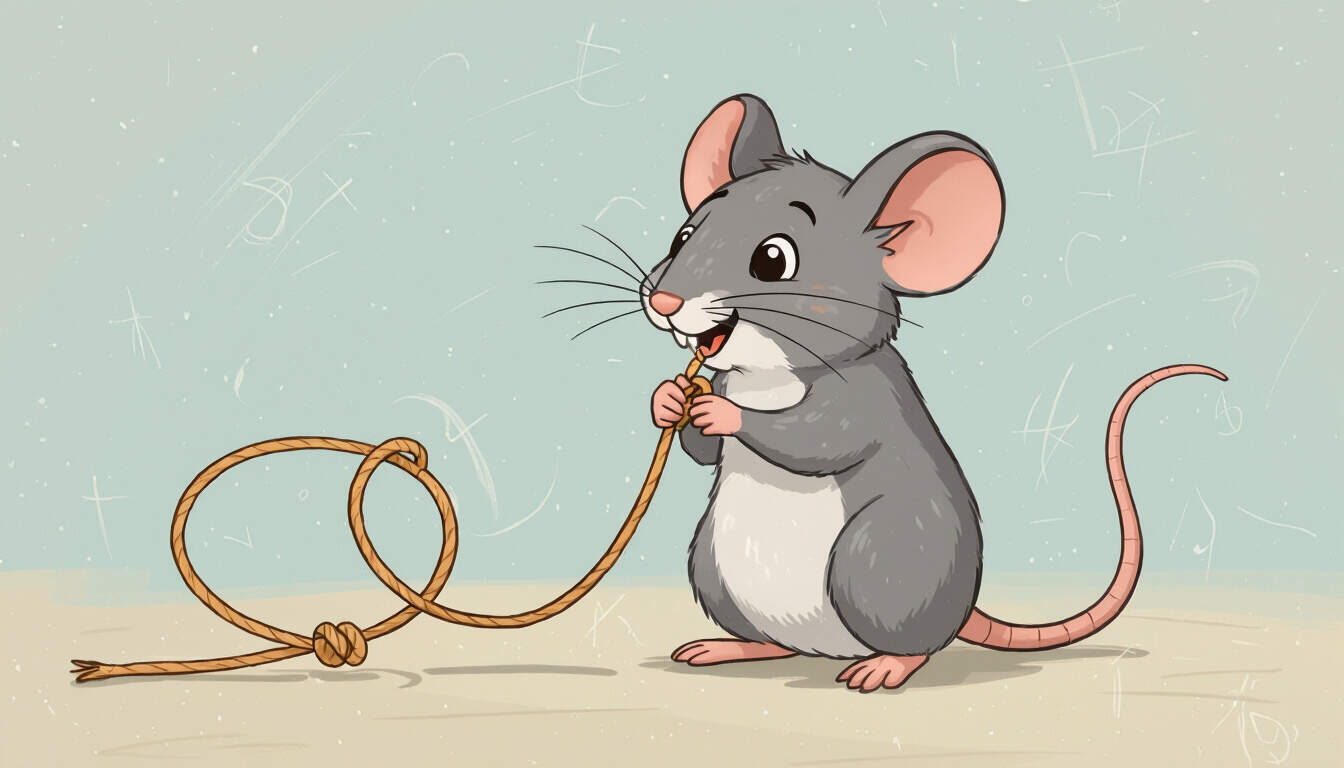Disrupting Feedback Loops Through Second-Order Thinking
 by Shanie Goodwin
by Shanie Goodwin
Explore how second-order thinking can help identify and disrupt feedback loops in daily life and professional settings. This approach offers deeper insights into cognitive processes and systems thinking for better personal development.

Feedback loops are patterns that can either reinforce or balance behaviors in various systems. These loops often operate subtly, influencing decisions and outcomes without immediate notice. In personal development, recognizing such loops is essential for growth.
Second-order thinking involves looking beyond initial effects to consider subsequent impacts. This method helps in spotting how actions create chains of events. For instance, a simple habit like procrastination might lead to missed deadlines, which then reinforces the habit itself. By applying second-order thinking, individuals can predict these chains and plan interventions.
One key aspect of feedback loops is their ability to amplify or stabilize situations. Positive feedback loops, for example, can escalate problems if left unchecked. In professional environments, a team might experience a loop where stress leads to errors, and errors increase stress further. Second-order thinking allows for anticipating these escalations and designing strategies to break the cycle.
Disruption strategies begin with awareness. Identifying a loop requires examining the system's components and their interactions. Once identified, options include altering inputs or outputs. For students, a feedback loop of poor study habits might involve late-night cramming leading to fatigue and lower performance. Strategies here could include scheduling breaks or changing study environments to interrupt the pattern.
In cognitive processes, feedback loops can affect decision-making. A person might repeatedly choose comfort over challenge, resulting in stagnation. Feedback loops in this context show how avoidance behaviors perpetuate themselves. To disrupt this, one might introduce small challenges gradually, monitoring progress to prevent the loop from reforming.
Systems thinking provides a framework for viewing these loops holistically. It emphasizes interconnections rather than isolated events. Professionals in fields like business often deal with loops in market dynamics, where consumer behavior influences supply and vice versa. Disruption might involve innovative practices, such as pivoting strategies based on data analysis.
Consider a real-world example in health. An individual with sedentary habits might find that lack of exercise leads to weight gain, which discourages activity further—forming a reinforcing loop. Applying second-order thinking means forecasting the long-term health risks and implementing gradual changes, like incorporating daily walks. This approach not only breaks the loop but also builds sustainable habits.
Types of Disruption Strategies
There are several effective ways to disrupt loops, depending on the context.
- Direct Intervention: This involves directly addressing the loop's source. For instance, if a work routine leads to burnout, adjusting workload or adding rest periods can halt the cycle.
- Redirection: Sometimes, redirecting energy towards a new path works better. In personal development, shifting focus from negative self-talk to positive affirmations can alter a self-reinforcing loop of doubt.
- Feedback Modification: Changing how feedback is received or interpreted is another strategy. In educational settings, teachers might use constructive feedback to turn a loop of discouragement into one of motivation.
Each strategy benefits from second-order thinking, as it ensures that disruptions do not create unintended new loops. For example, abruptly changing a habit might lead to resistance, so gradual implementation is key.
In group dynamics, feedback loops can emerge in team interactions. A pattern where criticism leads to defensiveness and more criticism can hinder collaboration. Systems thinking helps in mapping these interactions and suggesting disruptions like open communication sessions.
The role of reflection cannot be overstated. Regular self-assessment allows individuals to monitor loops and adjust strategies. Journals or apps that track behaviors can provide the necessary data for analysis.
For curious individuals, exploring feedback loops offers insights into broader patterns, from ecological systems to social networks. Disrupting these loops can lead to innovative solutions and personal growth.
Applying These Concepts
In practice, combining second-order thinking with loop disruption can yield significant results. Professionals might use it in project management to foresee risks and adapt plans. Students could apply it to academic challenges, ensuring that study methods evolve based on outcomes.
Ultimately, the integration of these ideas fosters resilience and adaptability. By actively disrupting unhelpful loops, individuals enhance their cognitive processes and achieve better results in various areas of life.
